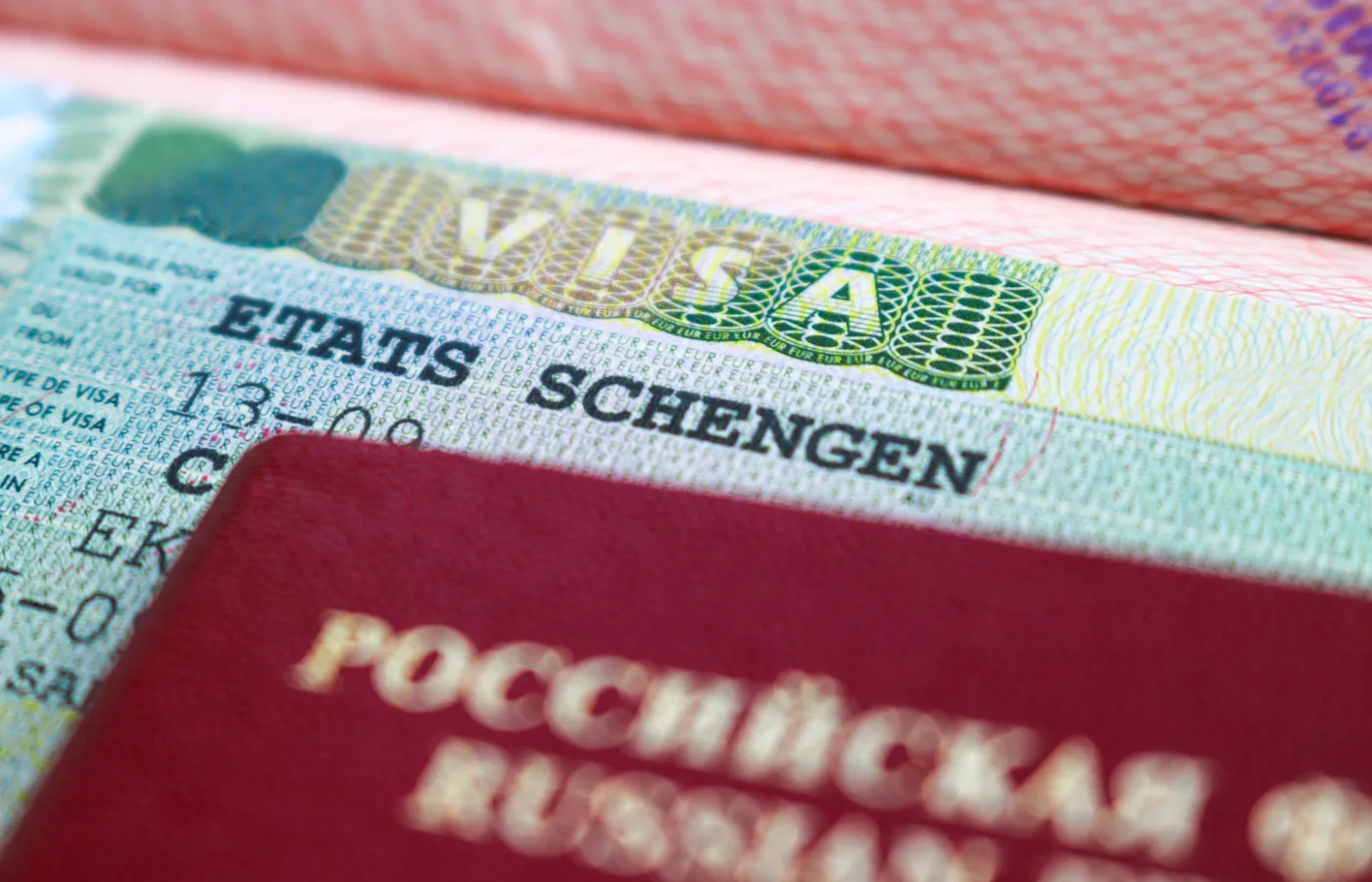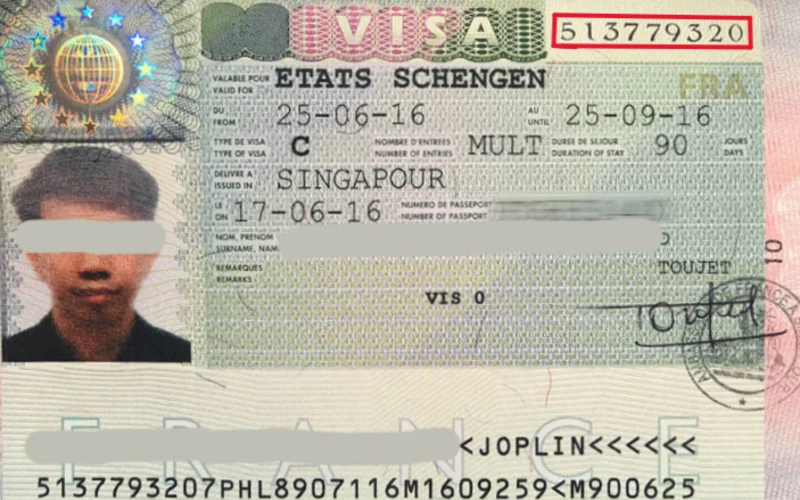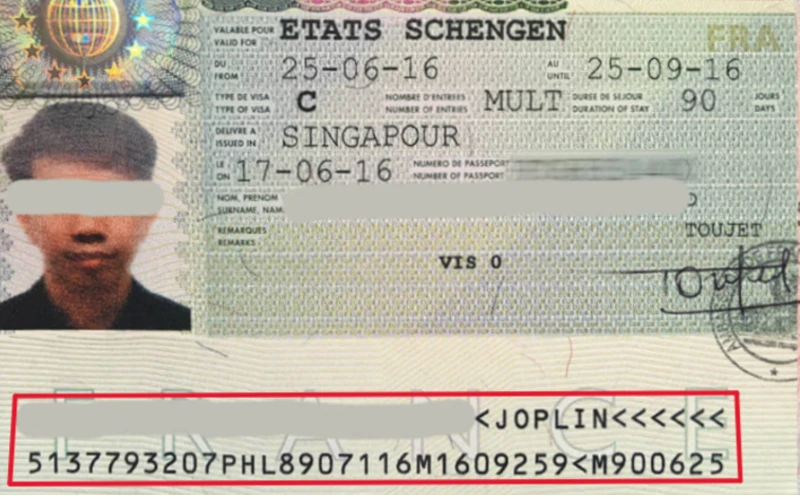A Schengen visa is one of the most coveted visas, as a single visa gives you the chance to visit 29 countries in Europe. With a Schengen visa, you can visit countries like Austria, Belgium, Bulgaria, Croatia, Czechia, Denmark, Estonia, Finland, France, Germany, Greece, Hungary, Iceland, Italy, Latvia, Liechtenstein, Lithuania, Luxembourg, Malta, the Netherlands, Norway, Poland, Portugal, Romania, Slovakia, Slovenia, Spain, Sweden, and Switzerland.
To get a Schengen tourist visa, you first need to submit your visa application form, provide the appropriate documents, and may even have to attend an interview. Including the proper cover letter is also important. The Schengen cover letter guide will help you in writing the right cover letter that increases your chance of getting the visa. When your visa application is approved, you receive your Schengen visa as a visa sticker on your passport. The visa sticker includes various details, including significant numbers, dates, and more. Two things that may confuse you here are the visa sticker number and visa number. Here we talk about the difference between the Schengen sticker number and the Schengen visa number.
What is a Schengen Visa Sticker?
A Schengen visa sticker is a formal document that permits you to enter one or more of the countries in the Schengen zone. It is usually stamped on the blank page of your passport, which you will have to submit to the consulate/embassy when you are applying for a Schengen visa. The sticker is issued by the embassy or consulate of the Schengen country that approved your visa application. The Schengen visa sticker provides all the important information about your travel to the Schengen country/countries. Here is everything about the Schengen visa sticker that you should know:
- The visa sticker will have abbreviations of the Schengen countries you can visit with the visa. (Getting a Schengen visa does not mean that you can visit all the countries belonging to the Schengen zone, unless specified so).
- Visa validity dates are also mentioned on the sticker. This includes the entry date and the exit date.
- The type of visa assigned to you can also be found on the visa sticker. This could be Type A (airport transit visa), Type C (short-stay visa), or Type D (long-stay visa).
- The sticker visa also has information on the number of entries a person is allowed with the visa. This could be one, two, or multiple.
- You can also find the duration of days you can stay in the Schengen country or area with this visa on the sticker.
- The name of the issuing place and the date of issue will also be available on the sticker.
- Your passport number is also printed on the visa sticker.
Apart from all these, the visa sticker number Schengen and the visa number Schengen are also available on the sticker. But what is the difference between the two? Let’s find out.
What is a Schengen Visa Sticker Number?
Image Credit: https://www.atlys.com/
A visa sticker number is a code consisting of random numbers. It is a 9-digit code that can be found in the right-hand corner of the visa sticker. The purpose of the visa sticker number is to enhance the authenticity of the Schengen visa. It is usually used by the immigration authorities of the Schengen country/countries you are visiting during border checks.
What is a Schengen Visa Number?
Image Credit: https://www.atlys.com/
A Schengen visa number is a code on the bottom of the visa sticker. This is an alphanumeric code, which means it includes a combination of alphabets and numbers. Just like the visa sticker number, the visa number is also unique to each visa. With the visa number, the immigration officials can track and verify your original visa application. Moreover, as a passenger, you may also have to use the Schengen visa number for filling in the immigration form as well as for your travel insurance.
What are the Differences between the Schengen Visa Sticker Number and the Schengen Visa Number?
It is established that the Schengen visa sticker number and Schengen visa number are not the same. The purpose of each is also different. Here are some of the key differences between the two that you must be aware of.
Location: While the Schengen visa sticker number is in the upper right corner, the visa number is located at the bottom.
Format: The Schengen visa sticker number is usually nine numbers, while the visa number is a combination of numbers and letters. The length of the visa number varies.
Issued By: Both the Schengen visa sticker number and visa number are a part of your visa sticker, and both are issued by the Schengen country that issues your visa.
Purpose: The purpose of the visa sticker number is to identify and verify the visa issued. On the other hand, the visa number helps in tracking back the visa to the main application at the consulate or embassy database.
Required For: The Schengen visa sticker number is required for record tracking and internal security of the Schengen area countries you are visiting. However, the visa number is required for travel forms, travel documents, flight check-ins, and more.
Used By: The visa sticker number is used by consulates, embassies, and immigration officials at the border control of the Schengen countries you are visiting. The Schengen visa number is used by visa/immigration authorities, airlines, travelers, and others for various purposes.
Relevance to Travelers: Visa sticker numbers are of minimal significance to travelers, as they do not have to use them anywhere. However, visa numbers are significant for travelers, as they may have to enter them in multiple travel documents and forms.

Schengen Visa
Easy Documentation
Online Payment Option
Why is it Important to Know the Difference between a Schengen Visa Sticker and a Visa Number?
- As you need to fill in forms where you will have to mention the Schengen visa number, knowing how to identify it becomes extremely important.
- If you enter the visa sticker number instead of the visa number in your immigration form, this will create confusion and delay your boarding and immigration process.
- Knowing which is the visa number will help you if you are applying for a Schengen visa extension. While applying for an extension, you will have to provide the visa number on your visa sticker.
Conclusion
As you now know the importance of both the Schengen visa number and Schengen visa sticker number, you must check both as soon as you receive your visa. Take printouts and digital copies of your visa sticker for safety purposes.
Frequently Asked Questions



